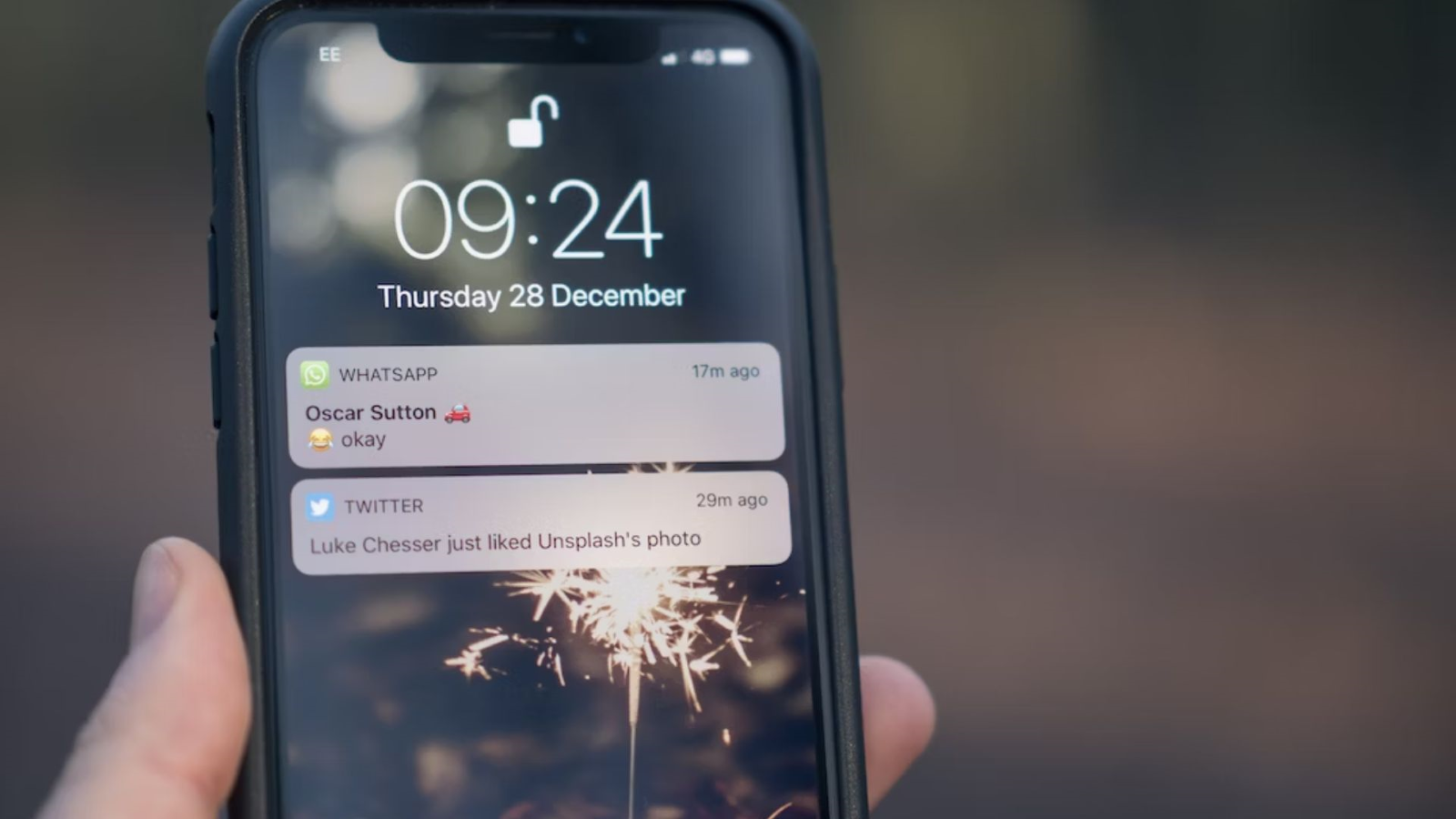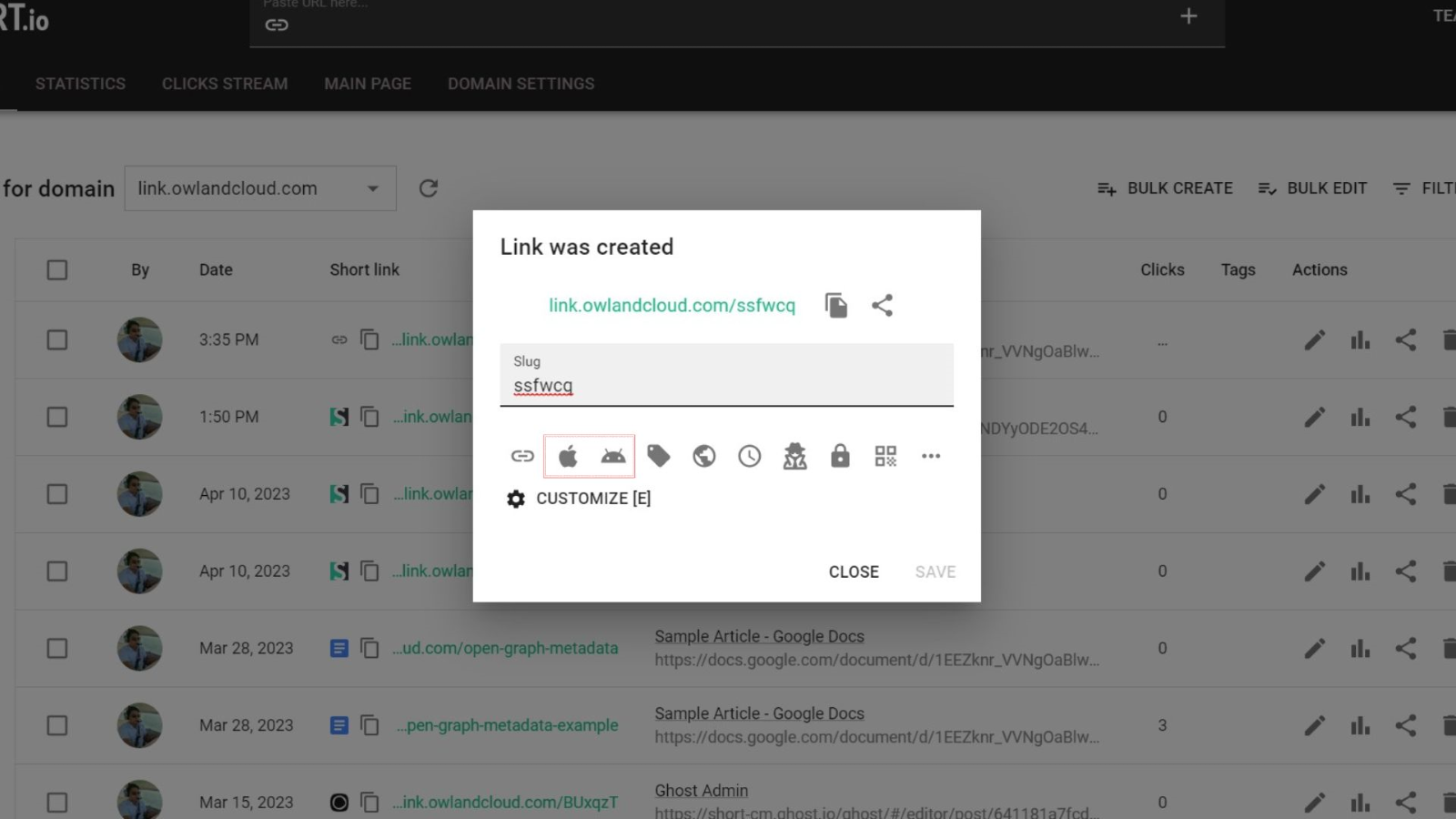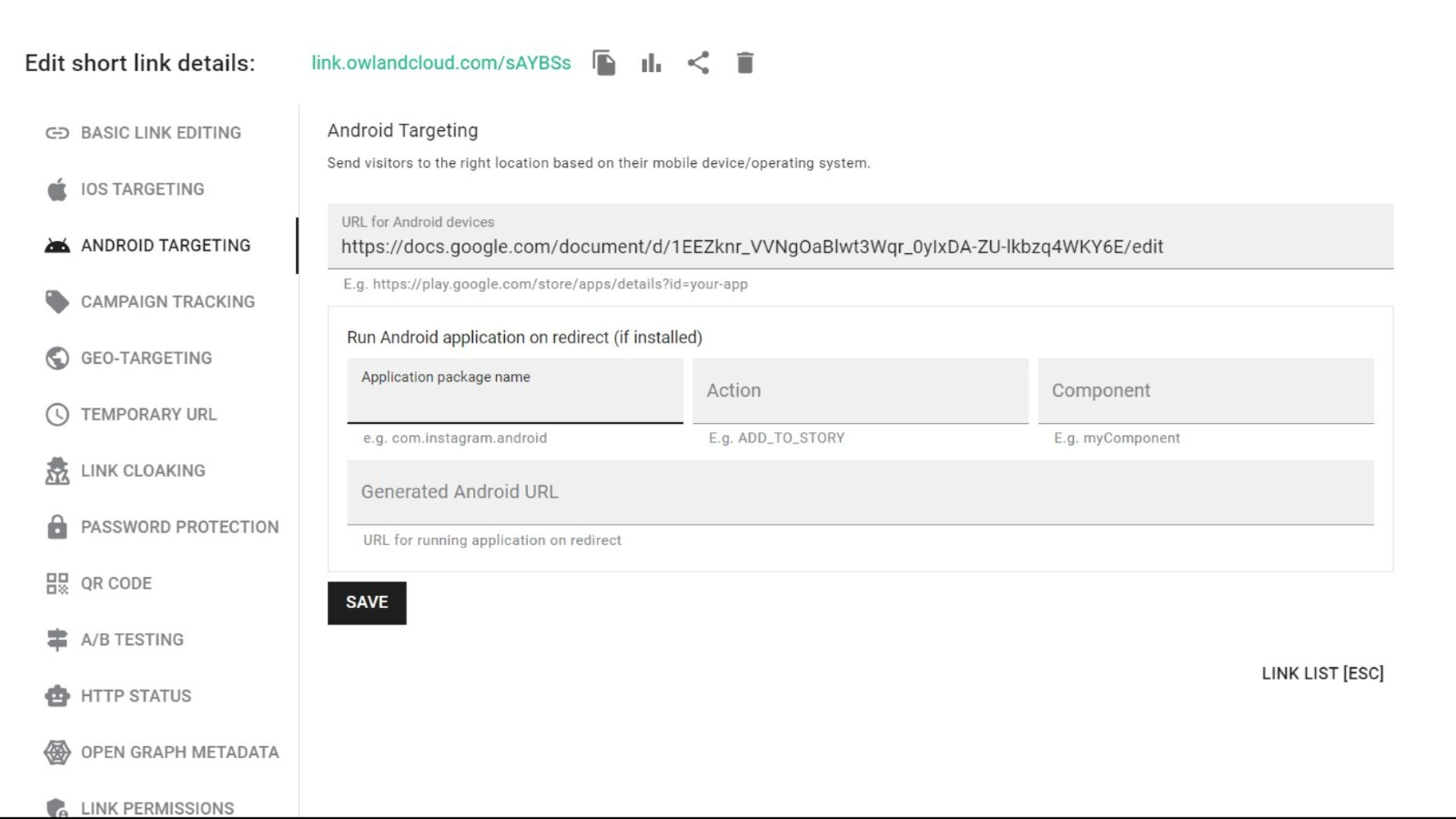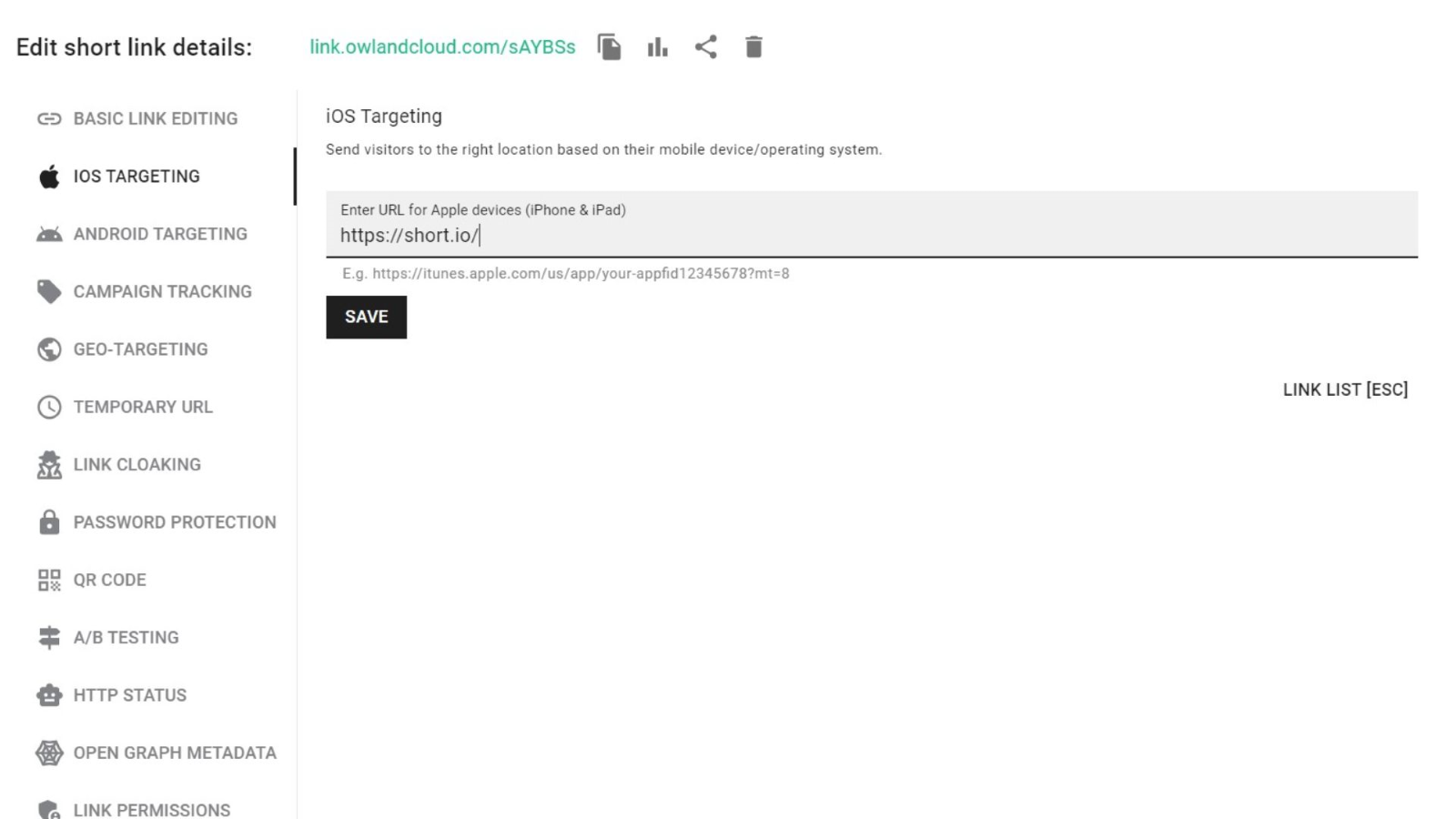Mobile devices have become an integral part of our daily lives. Some may use it purely for communication, while others seem to have their whole lives around their phones. Whatever the case, it is clear that mobile devices have been inserted into our daily lives.
With their widespread popularity and on-the-go accessibility, mobile targeting has become a giant in advertising. By leveraging the advantages of mobile devices, marketers can effectively reach and engage their target audience.
Let's understand why mobile targeting deserves a seat on your marketing table and how to use it for your brand.
Smartphone Market Share Is Growing

Mobile devices have surpassed traditional computers as the primary internet access. According to BankMyCell, around 6.92 billion people worldwide own a smartphone—86.29% of the global population as of 2023. Only a fraction of that number use computers or other devices regularly.
The average American spends 5 hours and 24 minutes daily on their mobile device. They also check their phones on average 96 times daily or once every ten minutes. The number of opportunities to advertise to mobile users seems limitless!
It's understandable, too, as mobile phones have emerged as the preferred recipients of ads due to their unparalleled popularity and unique characteristics. Unlike other devices like computers or tablets, mobile phones have seamlessly integrated into our routines.
Mobile phones have also evolved beyond mere communication devices. They have transformed into multi-functional tools that encompass various aspects of our lives. Mobile phones have become our go-to devices for multiple activities, from social media and entertainment to shopping and productivity.
The diverse ways we use our phones make them ideal platforms for advertisers to engage with users in different contexts, tailoring their ads to match specific needs and interests.
On-the-Go Accessibility

Unlike traditional devices like computers or televisions, mobile phones are always within reach, accompanying us wherever we go. This inherent portability allows advertisers to engage with their target audience in various locations and situations.
Whether commuting on a train, waiting in line at a coffee shop, or relaxing in a park, people often turn to their mobile phones for entertainment, information, or social interaction. This presents a prime opportunity for advertisers to capture their attention with targeted ads.
When marketers can place ads on mobile apps, websites, or social media platforms, they effortlessly merge their messages into users' everyday lives.
The convenience and accessibility of mobile phones also foster increased user engagement. People spend significant time on their phones, scrolling through news feeds, exploring apps, or playing games. This extended engagement allows advertisers to connect with their target audience and create meaningful interactions that drive brand awareness and loyalty.
Geo-Targeting

Geo-targeting and mobile targeting are both powerful marketing tools on their own. But combined? They create a powerful synergy that significantly enhances marketing efforts. By combining the capabilities of both strategies, marketers can reach their desired audience with precision and relevance.
Geo-targeting allows advertisers to tailor their campaigns based on users' geographic location. Marketers can use location data from mobile devices to deliver highly targeted ads specific to a particular region, city, or neighborhood.
This level of localization ensures that the ads resonate with the target audience, as they are more likely to be relevant and valuable in their immediate surroundings.
Mobile targeting, on the other hand, focuses on reaching users through their mobile devices. Since mobile phones have become ubiquitous and always carried by individuals, they provide a direct channel to engage with the target audience.
Mobile targeting utilizes mobile apps, responsive websites, and SMS marketing to deliver personalized messages to users' devices.
When geo-targeting and mobile targeting are combined, the results are remarkable. Marketers can deliver tailored ads to specific geographic locations and ensure that these ads are received and engaged through mobile devices.
Notifications

We never thought that a small ping! sound would have us reflexively reach for our phones, but here we are. Equipped with notification systems, mobile phones allow instant and direct communication with their users.
These notifications, whether push notifications, text messages, or app alerts, have proven to be highly effective in capturing users' attention and driving engagement.
Notifications are integral to users' mobile experience, providing real-time updates, reminders, and relevant information. When used in mobile targeting, notifications can be leveraged to deliver personalized and timely messages to the target audience.
The immediate nature of notifications also ensures that users are alerted and prompted to take action. Whether opening an app, visiting a website, or purchasing, notifications can drive user behavior and increase conversion rates.
With notifications being a part of mobile targeting strategies, marketers can effectively engage with their audience, deliver timely and relevant messages, and ultimately achieve their marketing goals.
Youth Engagement

Mobile phones have gained immense popularity among the youth, making them a prime target for marketers. Younger generations are highly attached to their mobile devices, spending significant time on them for communication, entertainment, and social media engagement.
With mobile targeting, marketers can effectively capture the attention of this demographic. Personalized ads, engaging mobile apps, and targeted notifications help marketers connect with the youth in a way that resonates with their interests and preferences.
While the youth today are probably not the demographic with the most financial resources, they will soon grow into that range. Furthermore, capturing all demographics—including the younger ones—can benefit your brand.
How to Activate Mobile Targeting for Android and iOS with Short.io
Ready to delve into mobile targeting but don't know where to start? We recommend Short.io. With Short.io, mobile targeting becomes easy and inexpensive. Here's how to do it.
1. Log into your Short.io account.
2. Shorten a link and click the Android or iOS option.

For Android, you have additional options.
3. Fill in the necessary fields.

4. Click Save.
For iOS, you only have to paste the URL and click Save.

And that's it. In just three to four steps, you can enjoy the advantages of mobile targeting.
Short.io's Other Features
Both geo-targeting and mobile targeting are tools Short.io provides. If you want more marketing tools to help your brand gain exposure, give Short.io a try and check out its list of features!

Join the conversation